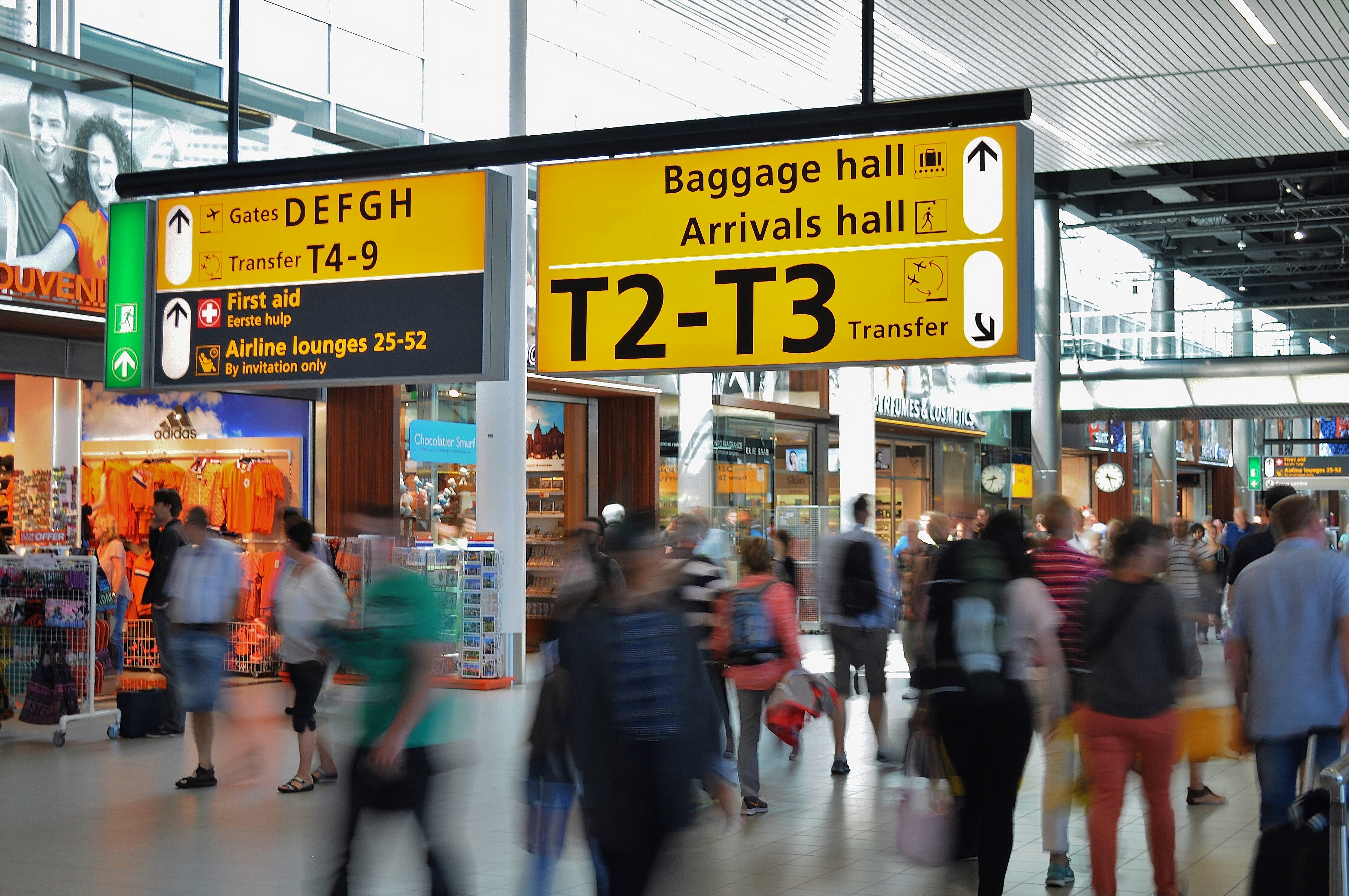Heathrow is using Microsoft technology to assist the hundreds of thousands of passengers that travel through the hub airport each day.
Around 78 million passengers travelled through Europe’s busiest airport in 2017, and the planned expansion is expected to increase that number by up to 130 million. Around 78 million passengers travelled through Europe’s busiest airport in 2017, and the planned expansion is expected to increase that number by up to 130 million.
Data and analytics technology are key to Heathrow’s strategy and it is a heavy user of the Microsoft cloud, including Azure, Power BI, Office 365 and Windows 10, to gain an overview of how the airport is running and help the 200,000-plus passengers it handles daily to move through its terminals smoothly and efficiently. However, it wants to go further to avoid disruptions.
“I’m looking at how to build the capability to run an airport that’s significantly busier than it is today,” said Stuart Birrell, Chief Information Officer at Heathrow. “How do we become more digital, more data-driven and more predictive? How do we get teams to use data more? That operational data will give us confidence when we start modelling the flows and behaviour around our airport when we design a new one.
“Power BI helps us enormously today, but Skype-based bots is something we are looking at for passenger interaction, as well as machine learning and predictive technology on flight scheduling and passenger flow. People behave differently depending on the destination they are flying to. How many are going to check in three hours, two hours or 45 minutes early? That has a huge impact on our security colleagues – how many lanes do we have to have open at security? It also has an effect on retail and the departure lounge. Using machine learning on all that is proving really productive because we can anticipate passenger flow and stay ahead of disruption.
“The next stage will be using artificial intelligence. Microsoft is a critical ally in our digital transformation.”
Data is crucial to helping Heathrow deliver a stress-free experience for passengers and remain competitive as the UK’s only hub airport. As people can choose to change planes in the Netherlands, Germany or France instead of the UK, Birrell believes a smooth transfer between Heathrow’s four terminals is vital to the future of the airport and the UK economy.
“It’s a very competitive environment at a European scale. Schiphol, Charles de Gaulle and Frankfurt are genuine competitors to us, and passengers have a choice,” he said. “It all comes down to the passenger experience; everything we do is to ensure they have a great experience, so they will choose to fly through here again. That feeds our airlines, feeds our business and feeds the UK. I would rather that passengers were jumping on a plane through Heathrow and feeding London and the UK economy rather than changing on the continent.”

In July, Heathrow announced its busiest ever first six months, with passenger numbers rising 2.5% compared with last year, and revenue climbing to £1.4bn. The airport is running at 99% capacity as it handles nearly 1,300 flights a day from 81 carriers, with 30% of passengers transferring onto other planes.
Running at such high capacity means that getting actionable data is key. Power BI is a business analytics and data visualization tool that lets Heathrow analyse data stored in the Azure cloud and other sources across airport operations, so all the data is in easy-to-use interactive dashboards. Airport administrators and staff across operations can work from the same information to adjust plans accordingly, whether that means making quick changes due to inclement weather patterns and security queues that will affect flights and passengers, or diverting staff to handle baggage, caterers, and cleaning.
“Depending on the jet stream, flights from North America can arrive up to an hour early or late,” Birrell said. “The passengers need to be guided across the airport, their bags need to be handled and the plane needs to be cleaned and turned around for the outbound flight. The orchestration of those tasks is substantial, and because we only have two runways, where a plane takes off or lands every 45 seconds, any disruption has an impact.”
“We focus all the data onto the Azure platforms and Power BI, which we use for planning, scheduling and communication with the likes of Border Force. Around 7,000 people work for Heathrow directly and 76,000 work across the airport every day. They all need organising.”






